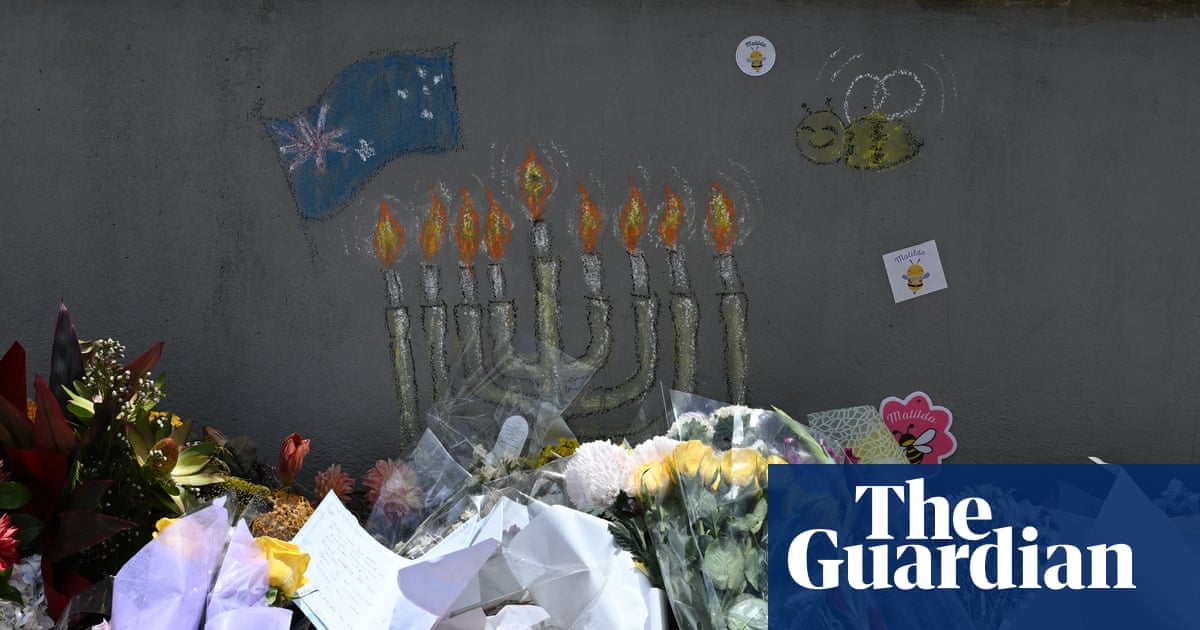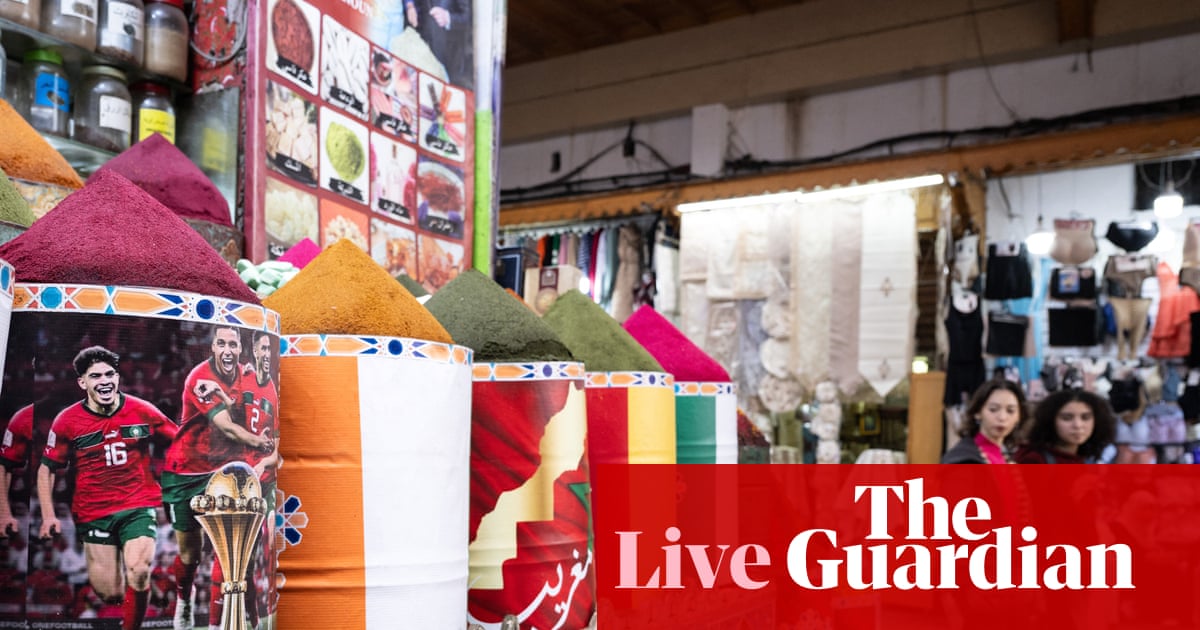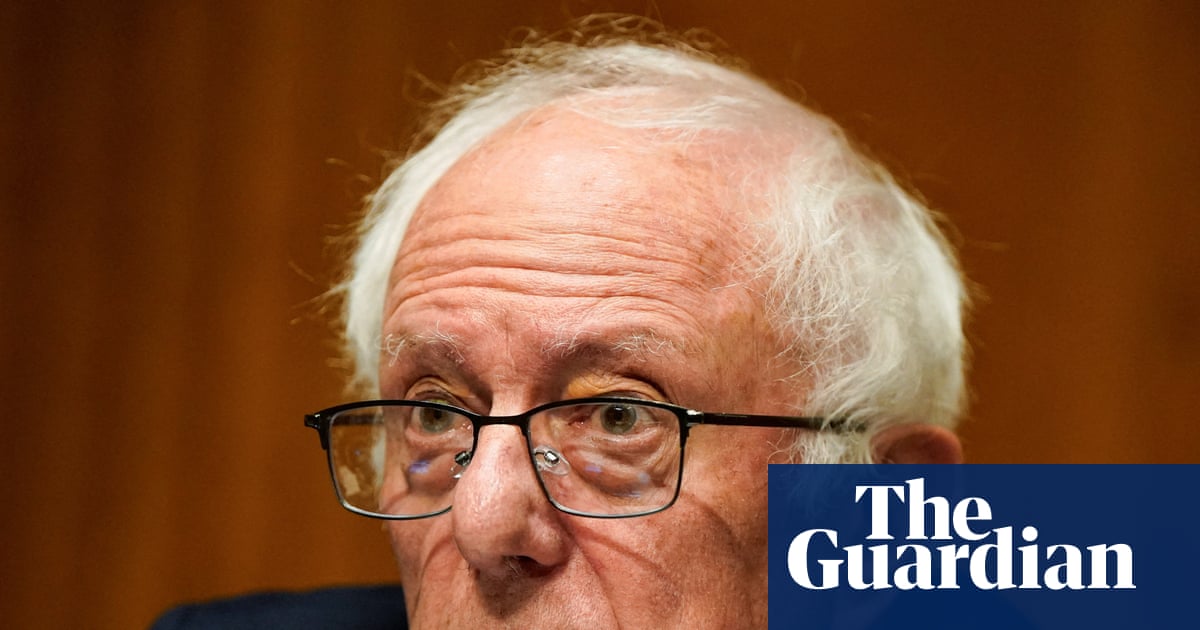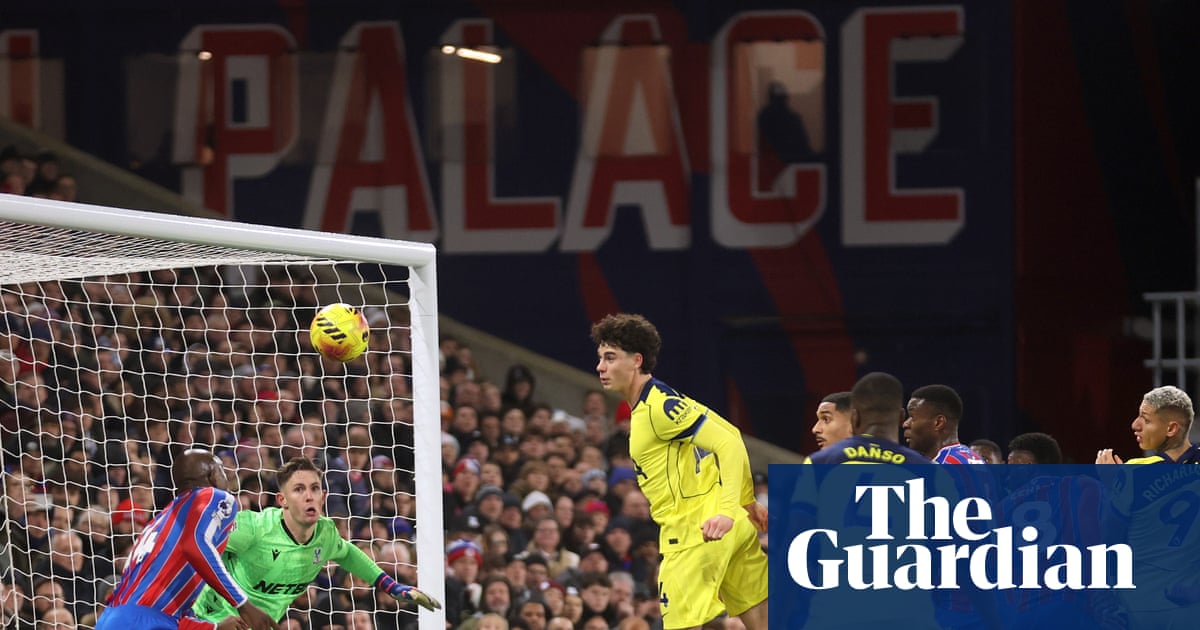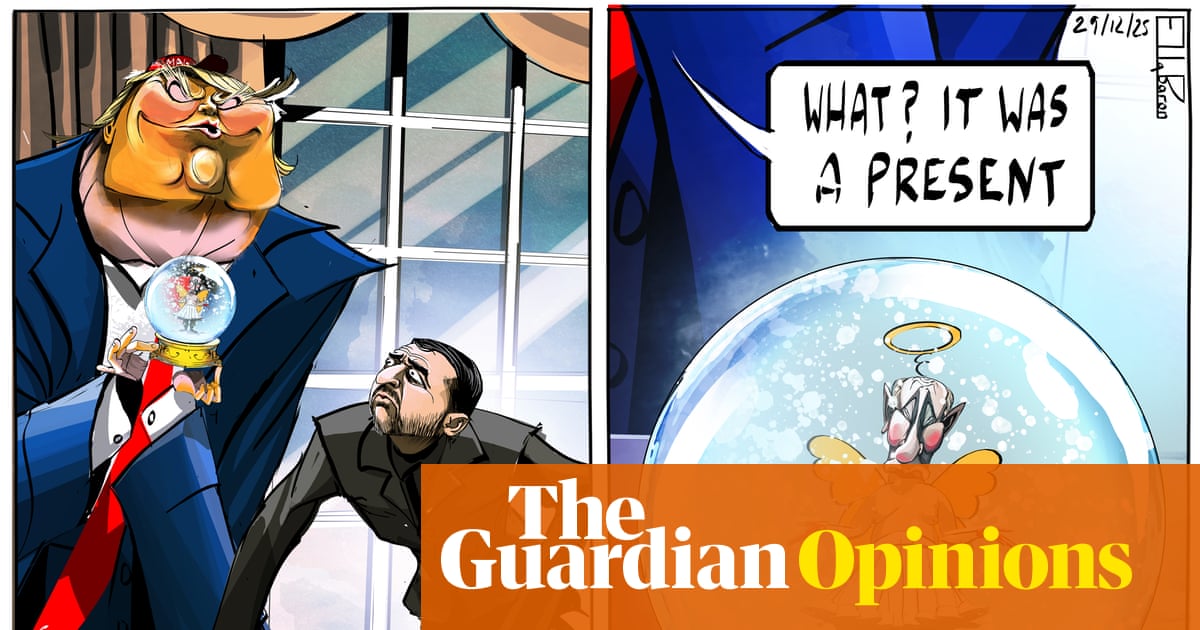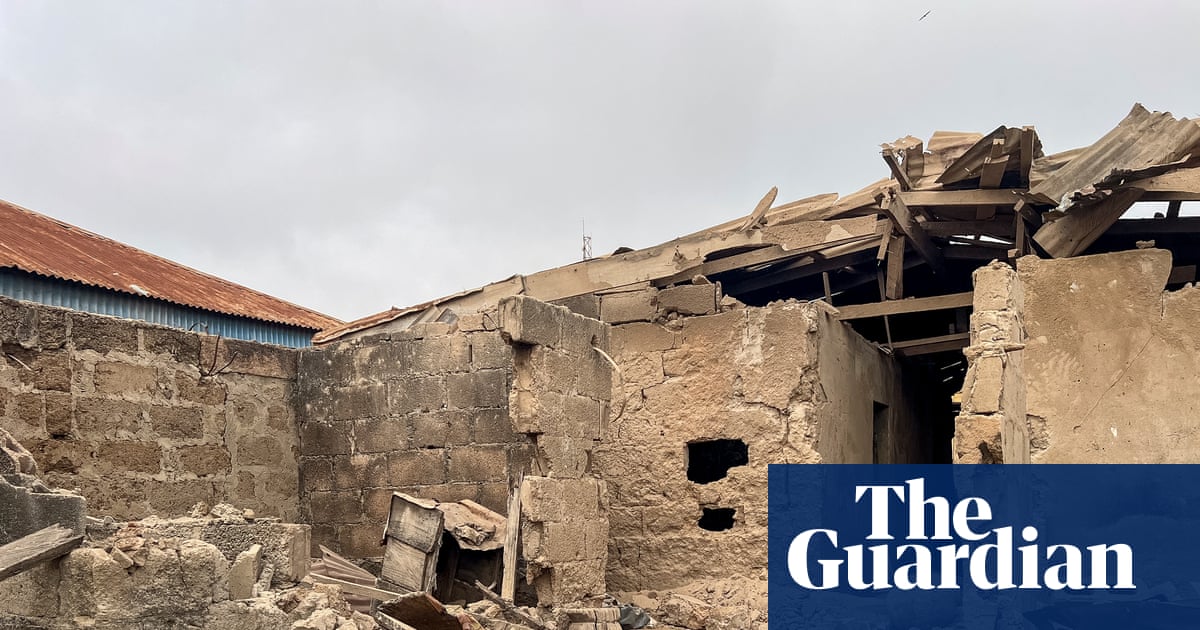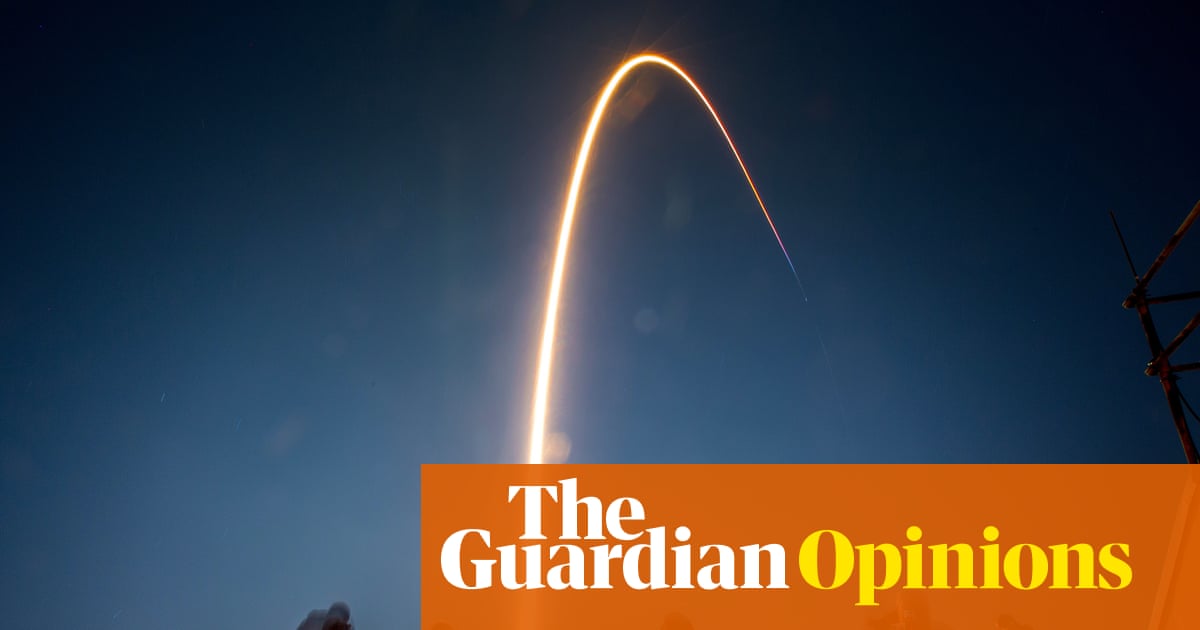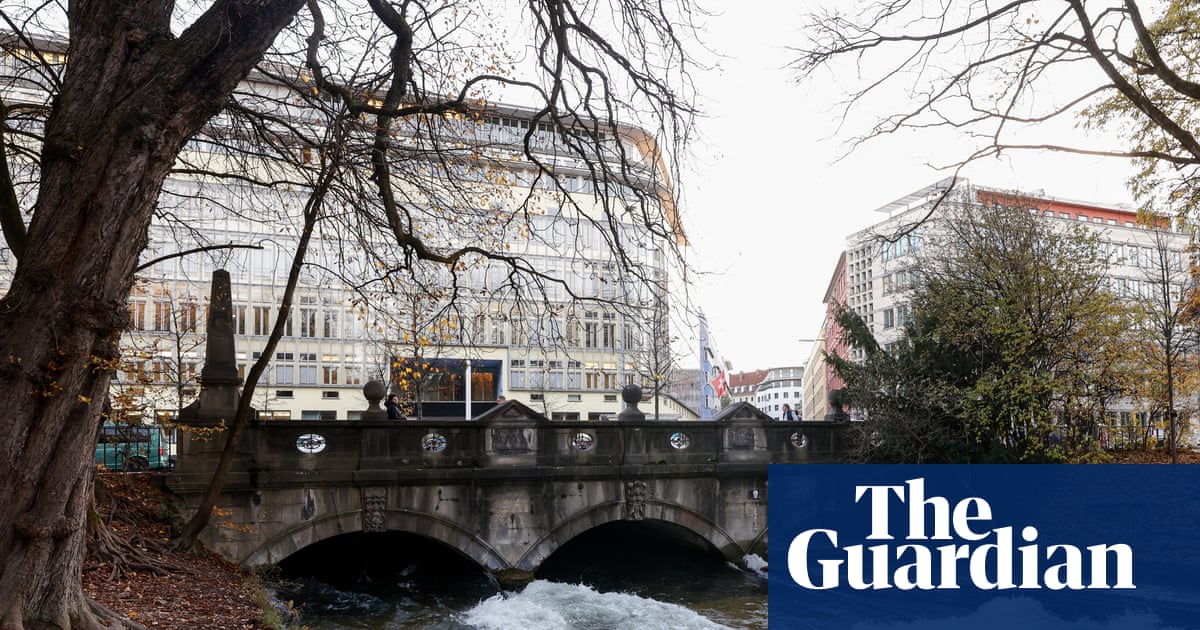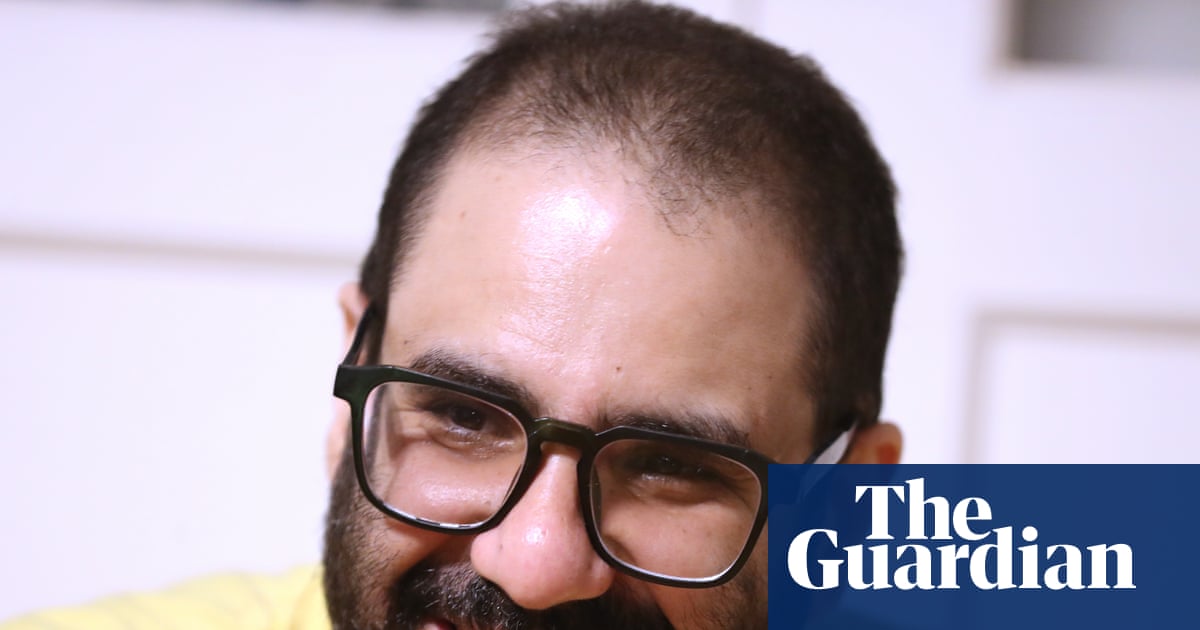The trip would be tough, Somar Kreker knew, but he was not overly fearful. It was the summer of 2015, and in a small flat in Amman, Jordan, this young Syrian’s only thought was how to turn a long and arduous journey into something more bearable. The engineering student had fled Syria three and a half years earlier after refusing to enlist in the brutal regime’s army. He was now ready to begin a new chapter of his life, starting with a new task: to reunite with his younger sisters, still trapped in Damascus, and lead them to Germany, where their brother was living.
“I was never worried or stressed about the trip,” says Somar, just 27 years old at the time. “I never had any thought about danger or failure. My only thoughts were how I could make the trip a happy adventure for me and my sisters.
“For some reason,” he adds, “I was sure that I would arrive safely in Germany.’’
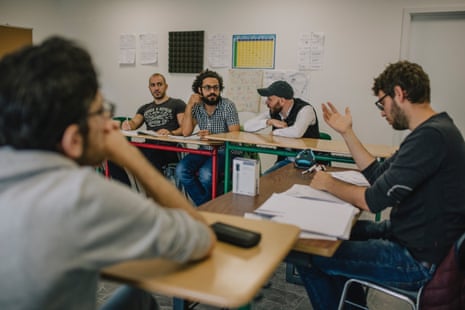
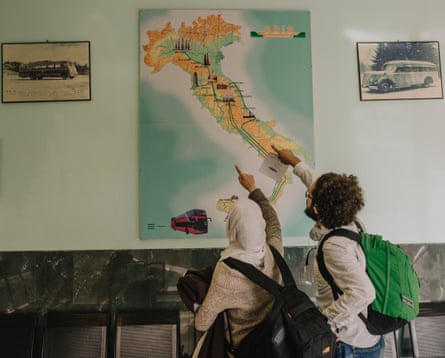
In 2015, nearly 1 million asylum seekers attempted to reach Europe – it was a year officials and aid workers would later describe as the peak of the migration crisis, that would put to the test the core values of the EU – itself born from the ashes of a war that displaced millions. At a press conference at refugee camp in Dresden on 31 August, the then German chancellor Angela Merkel said “Wir schaffen das” (“We can do this”) as the country opened its borders to those in need.
Today, Somar and his sisters’ journey would be immeasurably more difficult. Ten years have passed since then. A decade in which migration has reshaped political landscapes across the continent and paved the way for the rise of far-right parties.
The year before, in 2014, Somar’s brother, Mousab, had managed to get from Libya to Sicily with his pregnant wife by boat. But for him, repeating that journey with his sisters was not an option: it was too dangerous. A few months earlier, on 18 April 2015, a fishing boat designed to carry no more than 30 passengers, crammed with more than 1,000 asylum seekers, collided with a Portuguese freighter that had approached to offer help. The vessel sank in the dark waters off the Sicilian coast. Most of the bodies would remain trapped inside the hull, wedged about 400 metres deep on the seabed. More than 800 people would lose their lives in what became the deadliest shipwreck in the history of the European migration crisis.
There was only one alternative. Perhaps less deadly, but longer and more exhausting: the Balkan route, which, after travelling from Turkey to Greece in a rubber dinghy, cuts across at least four countries, through mountains and – in the colder months – snow-covered forests.

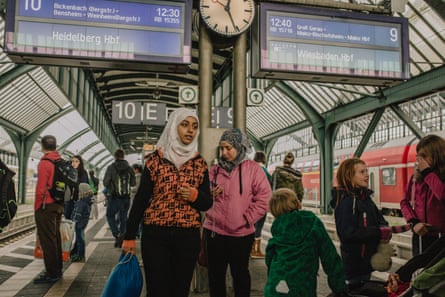

“The plan was to meet my sisters, Salsabil, 21, and Lubna, 14, in Istanbul. They were arriving on a flight from Damascus. I reached Turkey on a flight from Amman,” says Somar.
After a cross-country bus ride, they reached Kaş, a coastal town on Turkey’s Mediterranean shore, where smugglers would ferry them across to the Greek island of Kastellorizo – for about €1,000 each.


“We established my sisters would leave before me,” says Somar. “That was the most dramatic moment of my journey. Thinking that they had to cross alone – from Turkey to Greece – on a dinghy, drove me crazy with anxiety.”
A few days before, on 13 September, at least 34 people, including 15 babies and children, drowned when their overcrowded boat capsized in high winds off the Aegean island of Farmakonisi. According to data from the UNHCR, the UN’s refugee agency, and International Organization for Migration (IOM), approximately 731 people died in the Aegean Sea attempting to reach Greece in rubber dinghies in 2015.
Fortunately, the sea was calm that day and his sisters arrived safely in Kastellorizo – followed a few days later by Somar. Kastellorizo had experienced a influx of migrants, who now significantly outnumbered the residents.
“It was a wonderful island, with crystal‑clear water,” says Alessio Mamo, a Guardian photographer who had met Somar in Turkey and decided to document his journey. “The contrast between the stream of tourists and the thousands of migrants was stark. To shake off the fear after the dinghy crossing, we played football. Syria versus the rest of the world. Instead of shirts, the opposing team wore lifejackets.”
The group set off again taking the ferry to Athens. From there, after a couple of days, Somar, his sisters and Alessio joined thousands of other migrants and made their way to the North Macedonian border, arriving at an open‑air camp run by the UNHCR.


“The borders were open in that period, unlike today. It was not hard to reach the Balkans,” says Somar.
On 15 October, they took a train to Serbia – a country where the mood was growing increasingly tense. In the weeks leading up to their arrival, more than 13,000 migrants had crossed from Serbia into Croatia in just a few days, raising alarm among European governments. In Zagreb, officials feared they were facing the last line of defence against a purported “invasion” of asylum seekers – a narrative rapidly seized upon by far‑right parties across Europe.
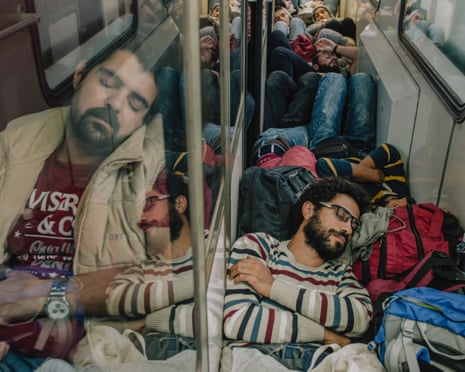

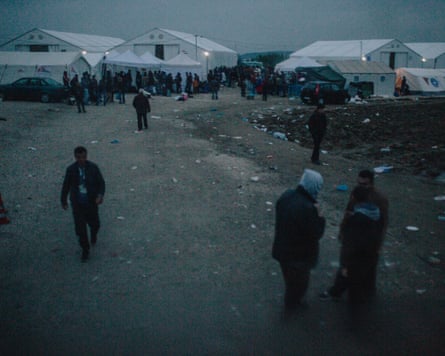

Alessio was stopped by Serbian police. His passport showed no record of entry into the country. He was separated from the group and taken to a police station where he was questioned. He was then allowed to resume his journey and reached Croatia by bus.
On their way to Europe, migrants lived in makeshift camps, out in the open or in cardboard shelters. Those who could not afford bus or train fares walked on foot, trekking through dense forests and mountains along barely passable trails. They slept whenever and wherever they could.

On 17 September, Croatia closed seven of its eight border crossings with Serbia in an effort to limit the influx of refugees. A month later, Slovenia followed suit – a clear sign that Europe, struggling to manage unprecedented migration flows, was closing its doors.
A month later, Somar, his sisters and Alessio arrived in Salzburg, Austria. A couple of days later – after 44 days and more than 2,755 miles (4,434km) – they reached Germany, their journey culminating in a long, emotional embrace with Mousab.
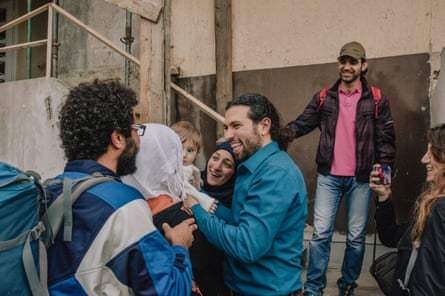
The family fleeing the Syrian regime was finally reunited, far from war and fear.
Somar now lives in Bochum where he got married last year and he works as a project manager for a firm in the food industry.
“We found help and support in Germany,” says Somar, “and I have never felt discriminated against.”
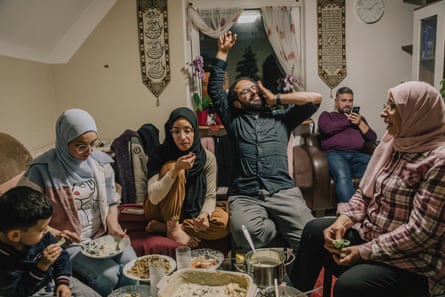
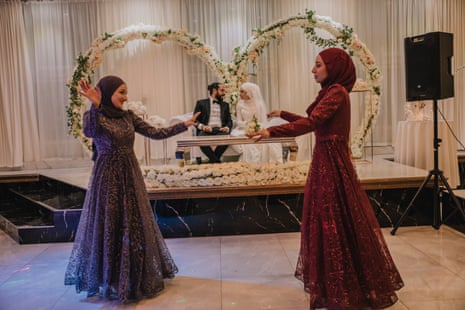


That year, Merkel was harshly criticised by many other EU leaders for her response the crisis, which she called a “historic test” that could not be solved by shutting out refugees. Her open-door policy welcomed hundreds of thousands of refugees into Germany.
Judith Sunderland, associate director for Human Rights Watch’s Europe and Central Asia division, said: “2015 was a year of tremendous contradictions that held the possibility – and at times what seemed the promise – of a generous, welcoming and fair Europe.
“Ultimately, those contradictions were resolved with an embrace of cruel and repressive migration and asylum policies.
“In the years since, the EU has turned progressively toward Fortress Europe,” Sunderland adds.
In the aftermath of 2015, the Balkan route became much harder, with barbed-wire fences and armed pushbacks by border police.
In the central Mediterranean, Italy’s humanitarian approach gave way. Operation Mare Nostrum, led by the Italian navy, and which had focused on rescuing migrant vessels in distress, was superseded by Operation Triton, which was intended to patrol the Mediterranean more than save lives.

European prosecutors used laws designed to tackle organised crime to pursue people smugglers – not to stop the abuse of refugees on such routes, however, but to curb migration flows. When NGOs stepped in to fill the gap, launching rescue operations in Libyan waters, Italian authorities impounded ships and arrested volunteer crews.
Italy began closing its ports to incoming migrant vessels from Libya. In 2017, the then‑interior minister Marco Minniti, of the centre‑left Democratic party, struck a deal with the Libyan coastguard to intercept and return migrants to Libya – where aid agencies have reported widespread torture and abuse.
The migration crisis became a decisive issue in the European elections of June 2024, helping far‑right parties that demanded closed borders and mass returns to power – and many of them won.
Last year, Italy’s far‑right prime minister, Giorgia Meloni, opened two centres in Albania designed to hold men who were intercepted in international waters while trying to cross from Africa to Europe. Greece secretly expelled thousands of asylum seekers, abandoning many of them on inflatable life rafts in the Aegean Sea, while the Hungarian government ordered the closure of its border with Serbia and the construction of a fence along the frontier.
The result has been a catastrophic rise in the number of deaths.

Monica Minardi, president of Médecins Sans Frontières Italy, said: “More than 32,000 people have lost their lives in the attempt to cross the Mediterranean Sea since 2014, while migrants and asylum seekers are left with no alternative than risk their life to seek safety and protection.
“From Spain to Croatia to Greece, we have seen brutal and sometimes deadly violence used to prevent people from entering,” Sunderland says. “For all the terrible policies and practices we saw in 2015 (and before), it was still a time when Merkel said: ‘We can do this.’ Now the German government is pushing people back at the border and trying to abolish family reunification.”
A decade has passed since Somar’s journey. Today, the future for migrants – and of Europe itself – remains uncertain, as intolerance grows across the continent. In Germany, where Somar lives, the far-right and anti-migration Alternative für Deutschland (AfD) party came second in February’s federal elections, with more than 20% of the vote.
Meanwhile, fortified with barbed wire and systematic pushbacks, Europe continues to close itself off.

 3 months ago
52
3 months ago
52
